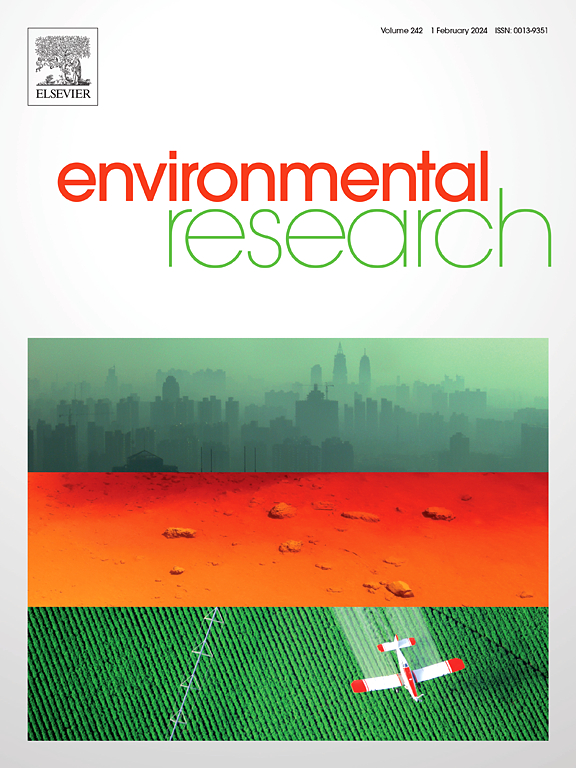Characterization and metabolic analysis of domesticated anaerobic bacteria for effective thiamethoxam bioremediation: Enzymatic, genetic, and pathway insights
IF 7.7
2区 环境科学与生态学
Q1 ENVIRONMENTAL SCIENCES
引用次数: 0
Abstract
The extensive use of neonicotinoid insecticides (NEOs), particularly thiamethoxam (THM), poses significant risks to both the ecological environment and human health, emerging as a critical environmental issue that requires immediate attention. In this study, anaerobic bacteria were successfully domesticated under THM stress. The results showed that anaerobic bacteria could effectively degrade THM within 7 days, with the degradation efficiency reaching 20.0–32.3 % under different conditions. Bacterial community analysis identified Escherichia-Shigella, Acinetobacter, Delftia, Enterobacter, and Pseudomonas as the dominant genera at the genus level. During the THM degradation process, a decline in bacterial urease activity was observed, accompanied by a rise in catalase (CAT) activity, while β-galactosidase activity remained stable. Functional gene analysis of the macro-transcriptome revealed significant upregulation of genes related to the citrate cycle (TCA), oxidative phosphorylation, protein translocation, nitrogen metabolism, and the bacterial secretion system. Density functional theory (DFT) calculations and LC-MS/MS analyses identified three potential degradation pathways for THM, with nine characterized intermediates. In conclusion, the degradation performance and mechanism of THM by anaerobic bacteria were investigated for the first time. This study provides a theoretical basis for the biological treatment and ecological remediation of neonicotinoid pesticide wastewater.
驯化厌氧菌的特性和代谢分析,有效的噻虫嗪生物修复:酶,遗传和途径的见解
新烟碱类杀虫剂(neo),特别是噻虫嗪(THM)的广泛使用,对生态环境和人类健康构成重大风险,成为一个需要立即关注的关键环境问题。在本研究中,厌氧细菌在THM胁迫下成功驯化。结果表明:厌氧菌能在7天内有效降解THM,不同条件下的降解效率可达20.0 ~ 32.3%。细菌群落分析发现志贺氏杆菌、不动杆菌、代尔夫特菌、肠杆菌和假单胞菌是属水平上的优势属。在THM降解过程中,细菌脲酶活性下降,过氧化氢酶(CAT)活性升高,而β-半乳糖苷酶活性保持稳定。宏观转录组功能基因分析显示,与柠檬酸循环(TCA)、氧化磷酸化、蛋白质易位、氮代谢和细菌分泌系统相关的基因显著上调。密度泛函理论(DFT)计算和LC-MS/MS分析确定了三种潜在的THM降解途径,其中有9种表征的中间体。综上所述,本文首次对厌氧细菌对THM的降解性能及机理进行了研究。本研究为新烟碱类农药废水的生物处理和生态修复提供了理论依据。
本文章由计算机程序翻译,如有差异,请以英文原文为准。
求助全文
约1分钟内获得全文
求助全文
来源期刊

Environmental Research
环境科学-公共卫生、环境卫生与职业卫生
CiteScore
12.60
自引率
8.40%
发文量
2480
审稿时长
4.7 months
期刊介绍:
The Environmental Research journal presents a broad range of interdisciplinary research, focused on addressing worldwide environmental concerns and featuring innovative findings. Our publication strives to explore relevant anthropogenic issues across various environmental sectors, showcasing practical applications in real-life settings.
 求助内容:
求助内容: 应助结果提醒方式:
应助结果提醒方式:


